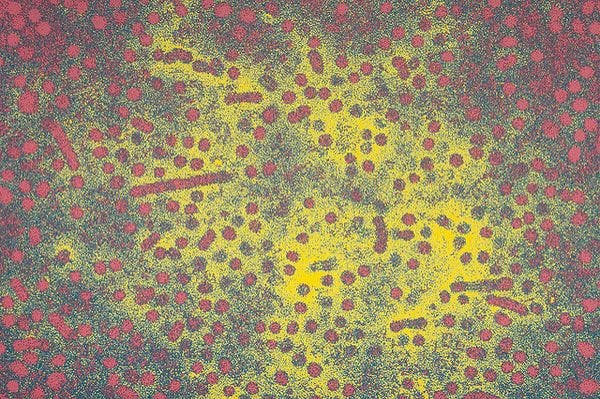Créer un monde sans hépatites avec «NOhep» pour éliminer les hépatites virales d’ici à 2030
Pour souligner la Journée mondiale de l’hépatite, le 28 juillet, la World Hepatitis Alliance, avec un grand nombre d’organisations de la société civile, a lancé un mouvement mondial pour éliminer les hépatites virales d’ici à 2030 : « NOhep ». Pour en savoir plus, en anglais, veuillez lire les informations ci-dessous.
Abonnez-vous à l'Alerte mensuelle de l'IDPC pour recevoir des informations relatives à la politique des drogues.
As advocates, officials, and health care professionals gather in Durban, South Africa this week for the International AIDS Society’s AIDS2016 conference, another group of people have moved out—and not by choice. In an attempt to make Durban appear more attractive to attendees of one of the world’s largest conferences on any global health or development issue, homeless people, drug dealers, and sex workers were removed from the central city. In other words, the very people who are at increased risk of contracting HIV and not receiving treatment are now even more vulnerable, and essentially rendered invisible.
The sanitization of the city set the tone for the conference. For instance, organizations like UNAIDS have called for increased investment in harm reduction and HIV prevention measures for people who use drugs—calls that are echoed around the globe by civil society and activists. And indeed, one of the AIDS2016 conference’s stated objectives is “promoting HIV responses that are supported by and tailored to the needs of at-risk populations or people living with HIV,” including people who use drugs.
Yet people who use drugs are largely ignored inside the conference. What’s more, of the 446 abstracts that contain the keywords “harm reduction,” “drug use,” and “drug policy,” only six were accepted for oral presentation and three for poster discussion—an exceedingly small number considering how important this population is considered by those trying to end AIDS by 2030.
Click here to read the full article.
Keep up-to-date with drug policy developments by subscribing to the IDPC Monthly Alert.
Thumbnail: Flickr CC World Bank Photo Collection
